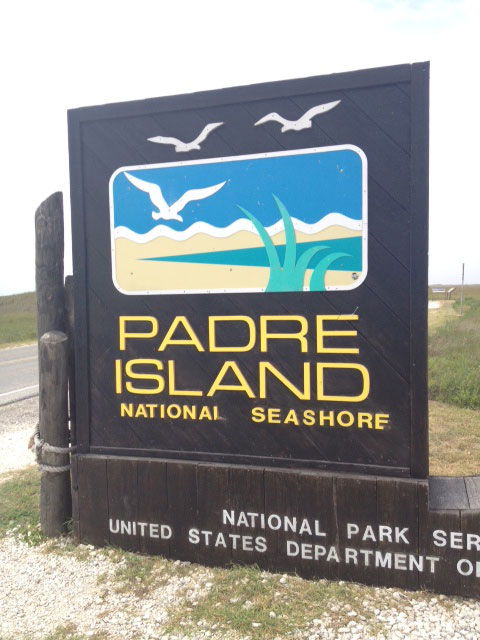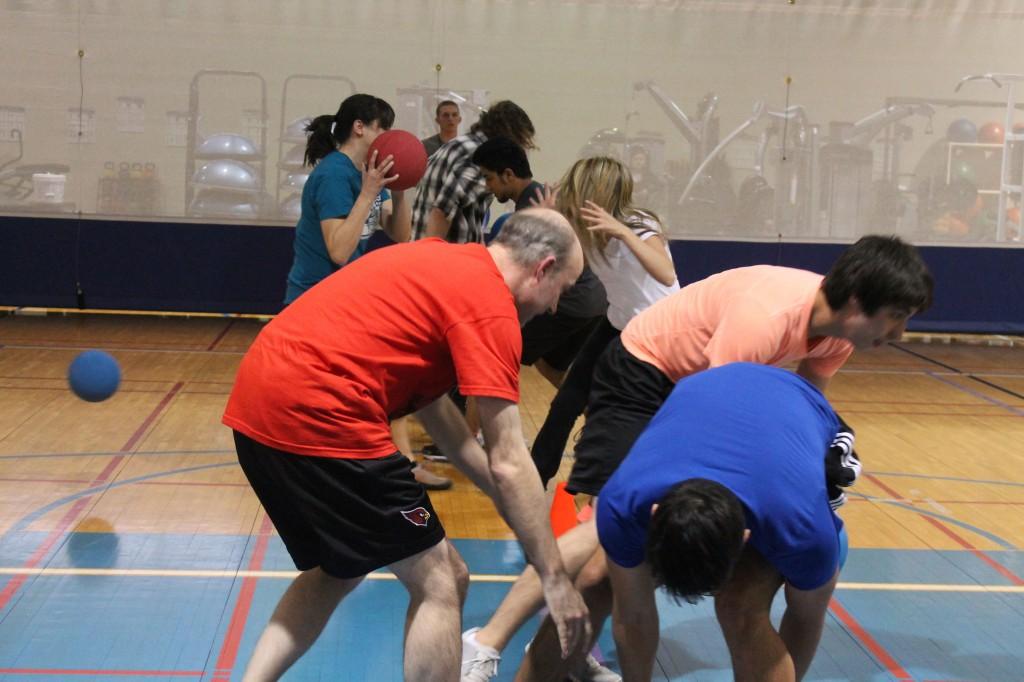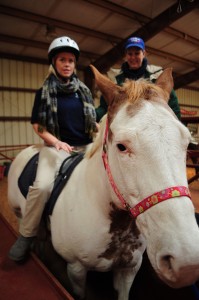
Photos by Alice Hale/The Collegian
By Alice Hale/reporter
At Rocky Top Ranch, physical therapists and horses work together nearly every day of the week.
Physical therapist Suzanne Sessums and physical therapy assistant Lindy Gerow hosted TR students in the physical therapist assistant program Feb. 28 to learn about the benefits of using horses as therapy.
All students in the two-year program must choose a speaker in the therapy field to visit the class in their last semester. Instead of having the speaker come to them, student Henrietta Hall chose instead a field trip to Rocky Top Ranch in Keller to learn about hippotherapy firsthand.
Hippotherapy involves having a patient perform physical exercises on a horse, allowing patients to work not only on physical aspects of their recovery but mental ones as well. While watching the patients interacting with the horses, student Brandy Willis recognized the benefits.
“I can see how much it can help someone with a disability find confidence,” she said.
Hall first heard of hippotherapy while researching Down syndrome for a previous assignment for the program.
“My cousin has Down syndrome, and I wanted to learn more about the different treatments for it,” Hall said. “During my research, a lot of articles mentioned hippotherapy, so when I saw [Gerow] on the list of speakers to choose from, I thought it would be a great way to see exactly what it is they do.”
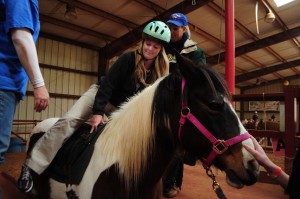
Founders Doug and Vivian Newton opened Rocky Top Therapy in 1990. Hippotherapy and equestrian therapy, which is learning to take care of and ride a horse for more mental and emotional diagnoses, are both used at the ranch to treat a variety of different disabilities. Therapists like Sessums and Gerow help rehabilitate patients with disabilities ranging from multiple sclerosis, cerebral palsy, traumatic brain injuries and Down syndrome. Although the ranch works with people with disabilities of all ages, hippotherapy is popular with children.
“When a kid is no longer progressing and getting frustrated in a clinic, we can bring them out here and see them progress even further,” Sessums said. “We can put them on a horse and get them stretched more than I can do for them on my own, and they do not get bored like they would sitting on a ball in a clinic.”
Sessums and Gerow had students perform typical hippotherapy exercises, such as situps, while on the back of a moving horse.
“You can incorporate therapy everywhere,” Gerow said.
The way a horse’s pelvis moves as it walks is the same as a human’s, she said. During an evaluation with a new patient, therapists match the person up with a horse that will have a similar gait in order to retrain a patient’s muscles.
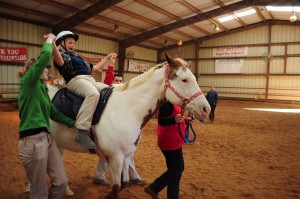
“The crazy thing is feeling the same movements of the pelvis that we would feel in gait training,” PTA student Taylor Adcock said. “I have heard of [hippotherapy], but I did not know it was this effective. You see how much they do and how beneficial it can be.”
Having students pick and attend so many presentations in their final semester is an opportunity to introduce them to new ideas and topics in physical therapy before they graduate this May.
“I chose this speaker because I wanted to get some more insight to see if it is a route I’d like to take in my career,” Hall said. “After the presentation, I would really like to volunteer to learn a little more.”
























